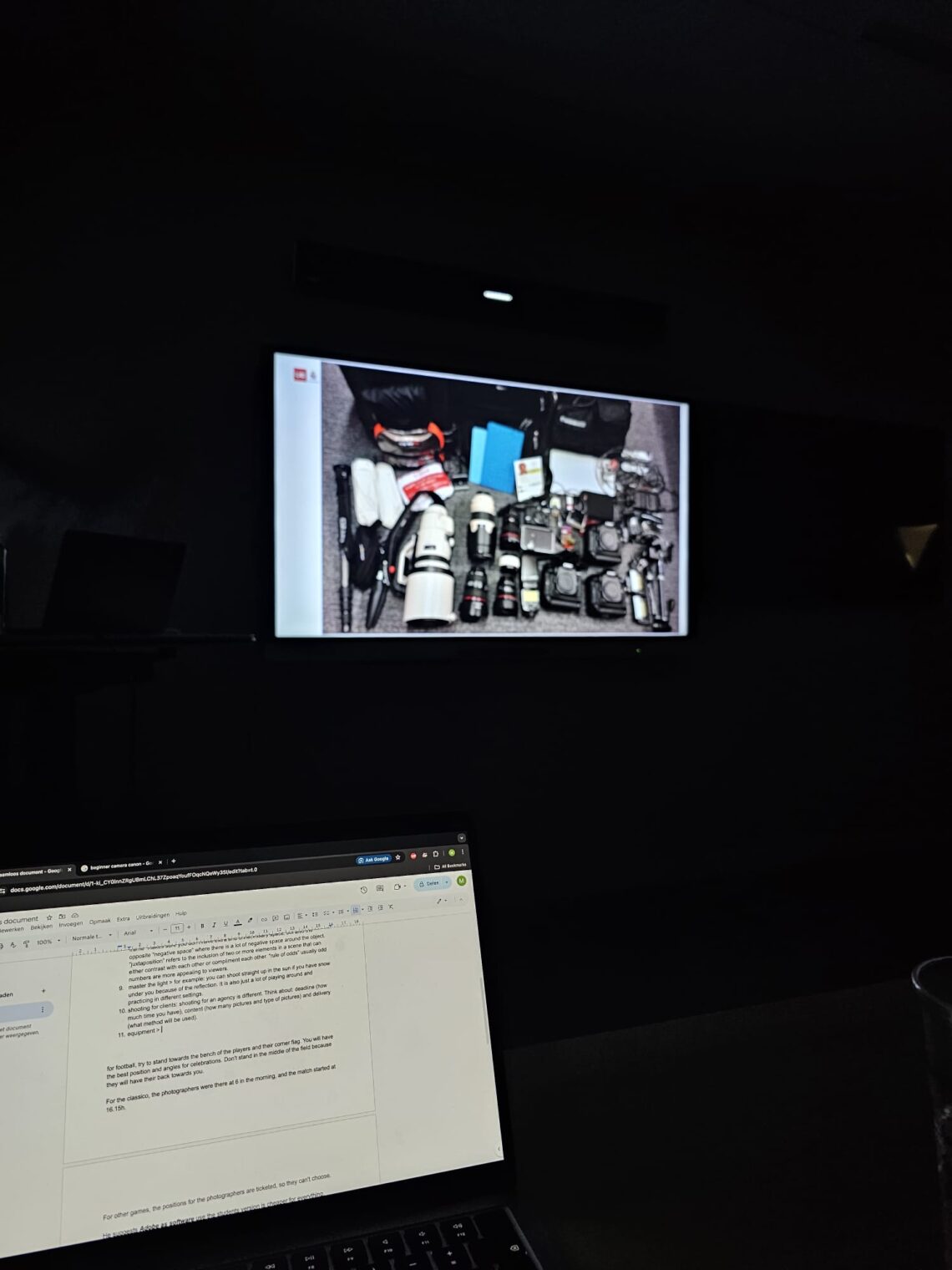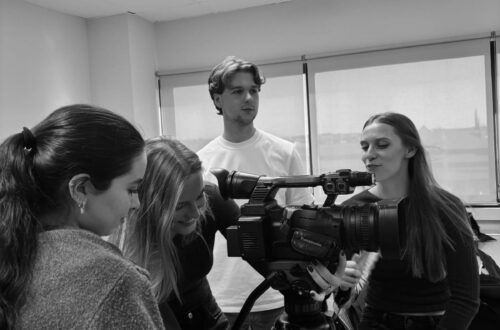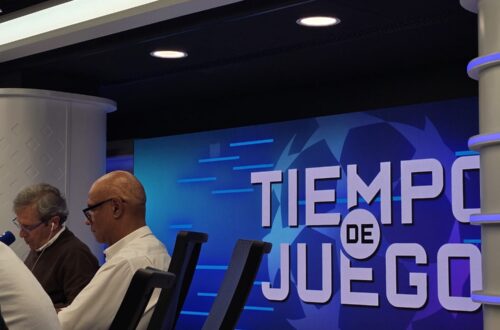This week’s Master Class took us behind the scenes of professional sports photography with Paul Hanna, a photographer whose work has covered everything from La Liga to international tournaments. His approach to storytelling reminded us that great photography isn’t about luck or equipment, but it’s about anticipation, emotion, and timing.
Paul opened the session with a simple truth: “Emotion is the most powerful transmitter in sports photography.” He explained how a photo becomes meaningful only when it captures both action and reaction — the celebration, the heartbreak, or even the quiet in-between moments that reveal the beauty of sport.
Preparation Is Everything
Before the camera even turns on, a photographer’s job has already begun. Paul highlighted the importance of planning and research. It is about understanding the sport, the rules, and the storylines that shape each match.
He also gave us one of his signature tips:
“If you’re not satisfied with your position, move. You only have a few seconds to capture the right shot.”
For football specifically, he suggested positioning near the players’ bench their corner flag, since that’s where the most authentic celebrations and emotions unfold.
The Art of Composition
Once you’re in the right place, the next challenge is to frame the story. Paul took us through several techniques that separate a snapshot from professional work:
The Rule of Thirds – divide the frame into nine equal parts to balance the image.
Leading Lines – his favourite, guiding the viewer’s eyes through the frame.
Foreground Depth – creating a layered, 3D feeling.
Filling the Frame vs. Negative Space – knowing when to include or exclude background.
Juxtaposition & Patterns – combining elements that either contrast or complement each other.
“Composition,” he said, “is how you make people see what you saw in that moment.”
Mastering the Light
Light, as Paul reminded us, is both a challenge and a gift. He encouraged us to experiment with different environments — from harsh stadium lights to bright daylight — and to learn how reflection can become your best friend.
For instance, he mentioned how you can even shoot directly into the sun if there’s snow on the ground, since the reflection balances the exposure. Sports photography, he said, is constant practice and improvisation.
Getting Technical: Gear and Settings
We worked with the Canon EOS R6 Mark II, a professional-grade mirrorless camera known for its speed and accuracy. Paul walked us through three key settings every photographer must master:
Aperture (f-stop): controls how much light hits the sensor. A low f-stop like f/4.0 creates a sharp subject and soft background.
Shutter Speed: controls how long the shutter is open. For fast-paced sports, aim for 1/2000 sec or faster.
ISO: adjusts brightness and noise. Higher ISO helps in low light, but can make photos grainy.
He also talked about workflow tools for editing and organising photos:
Lightroom, Camera Raw, Photo Mechanic, and PhotoShelter (for sharing portfolios with clients). For students, he recommended free or affordable options like DaVinci Resolve and Affinity.
Beyond the Lens
What stayed with me most wasn’t the camera itself, but the mindset behind it. Paul’s focus on emotion, anticipation, and storytelling really made me want to pick up my own camera again.
And what better way to do so… Tomorrow I will be practicing as a real sports photographer at the Real Madrid women’s game! So if you want to know how that went, stay around a little longer 🙂




